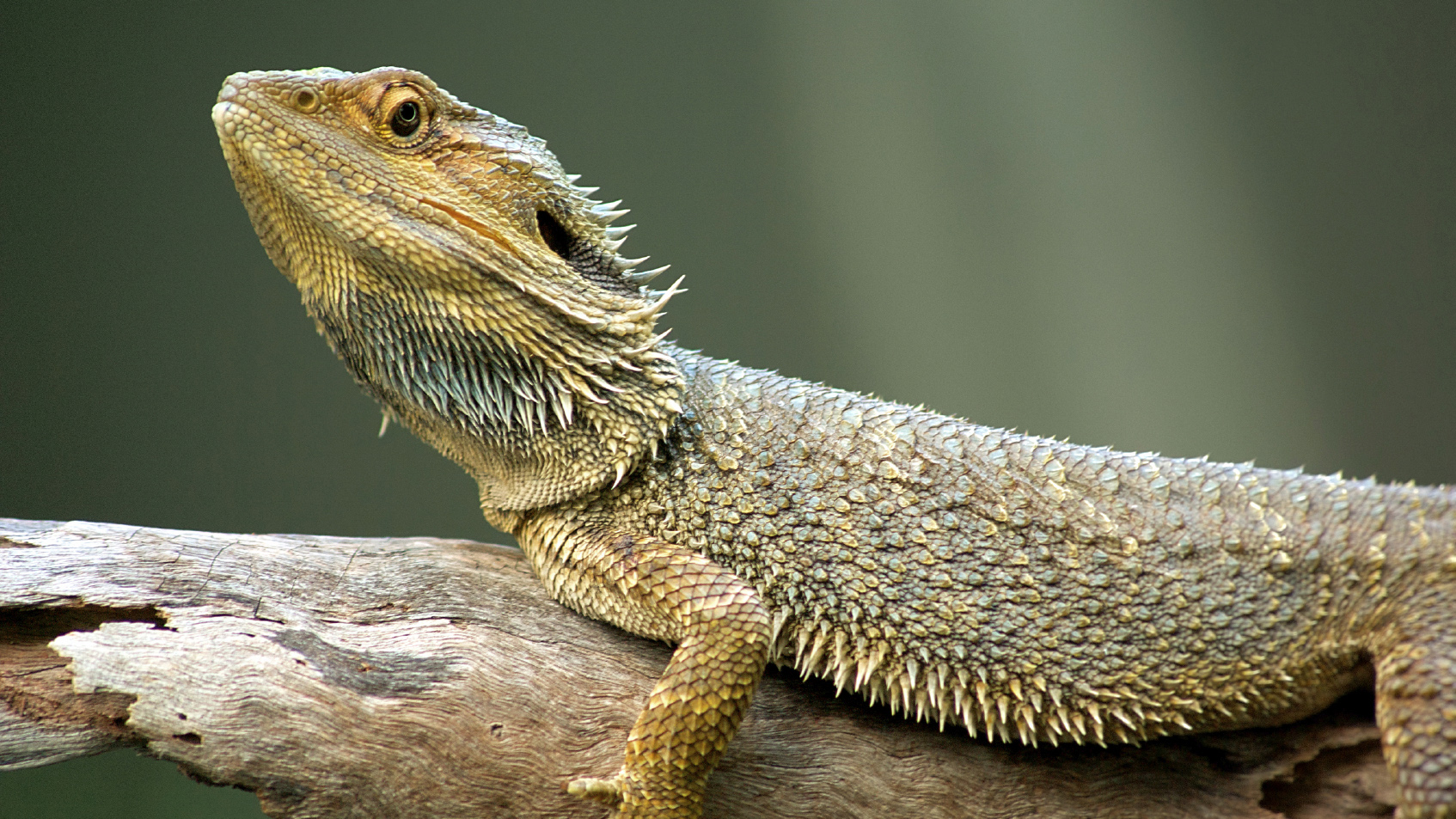
Ticks And Your Reptile
Having scales isn’t always enough to protect against biting parasites.
More about ticks and your reptile
Ticks are small biting insects with powerful jaws and a big round body compared to their head. This specialised parasite latches on to pets (and humans!) and bites through the skin, feeding on blood. Ticks live on grass and other plants and bite a host when they pass. When they attach they are generally very small, but they grow rapidly when they latch on and start feeding. They may also change colour when feeding too, often going from brown to a pearly grey.
The most common tick species in the UK can bite our reptiles, and there are many other species besides – there is even a specific tortoise tick, which although not native to the UK, can be found here!
Ticks can be found anywhere, but are typically located in long grass, rough upland and woodland areas – especially those which are damp and have high humidity. Most of our reptiles, however, will never come into contact with this kind of environment. Indoor reptiles are generally only at risk from being bitten by ticks that have been brought into the house by other family members, such as dogs, cats and even humans. The exception to this is tortoises, which may be bitten when out grazing.
We’re seeing many more ticks than before, possible due to the warm, wet winters now common in the UK. However, our most common UK tick needs a humidity of at least 80% to survive off the host – this means that ticks brought into a home rarely survive more than a few days. This helps keep the risk of being bitten very small.
With their fur-free bodies spotting ticks on your reptile, especially after the tick has been feeding, shouldn’t be too difficult. A tick that has had a full meal of blood can be nearly a centimetre in length, and should be noticeable unless it is tucked somewhere difficult to see. Ticks often sit in area with the thinnest scaling, and where they are least likely to be nibbled or brushed off – this can include behind the legs and around the nostrils, eyes and vent.
Handling your reptile regularly should be part of their routine, and this is also the best time to give them a full check over – this should include feeling them all over for any skin changes, lumps or parasites. Any lumps should be thoroughly inspected – ticks can be identified by the small legs at the level of the skin. If you aren’t sure, your vet can help you – any new lumps should always be checked by a vet anyway, so don’t be shy asking for advice if you need it.
You may see swelling around the tick, but often the skin around looks normal. If you do find a tick, don’t be tempted to just pull it off. Tick mouthpieces are buried in the skin, and pulling off a tick can leave these parts within the skin surface, leading to infections.
If you do find an attached tick, don’t be tempted to just pull or brush it off. Tick mouthpieces are buried in the skin, and incorrectly removing a tick can leave these parts within the skin surface, leading to infections. It is also important not to squash the body of the tick while it is still attached – this can push blood back into your pet, and may further increase the chance of an infection developing. The best way to remove a tick is with tweezers. Unlike in other animals, you shouldn’t twist ticks on reptiles. Instead, grasp the tick firmly, as close to the skin as possible, and pull steadily and firmly.
If you aren’t confident removing a tick, bring your reptile in for an appointment with your local vet as soon as possible.
As picking up ticks is so rare, there is no need to do anything with your reptile ahead of time. Keeping your other, more mobile pets, especially dogs, protected in the tick season (spring – autumn) will help reduce any risk of ticks being brought into your home, and give you peace of mind that they are safe too! Please note that tick treatment for other species may contain ivermectin which is deadly to tortoises. Always take any reptiles to your local exotics vet for advice on safe parasite treatment.
If you want to talk about tick protection for any of your pets, have a chat with your local vet as soon as possible.
Tick-bourne diseases, such as Lyme disease, can affect people. However, they are only transmitted by tick bites and cannot be caught directly from your reptile. Finding ticks on your reptile, however, means you may have also been exposed to the risk of tick bites so it is important to check yourself thoroughly for any ticks – don’t forget they may be as small as 2-3mm when they first attach! If you do see a tick, speak to your healthcare provider.
Only remove the tick if you feel comfortable doing so, but make sure to have it removed within 24 hours of being bitten to reduce the risk of disease transmission. Any new lumps and bumps should always be checked by your doctor. A ‘bulls-eye’ red ring on the skin is also a potential symptom of Lyme disease in people and should always be reported to your local doctors’ surgery.
To see which other of our household pets can pick up ticks, take a look at our dedicated tick homepage.
Reptile Advice
Read more of our expert reptile advice to keep your pet happy and healthy.
